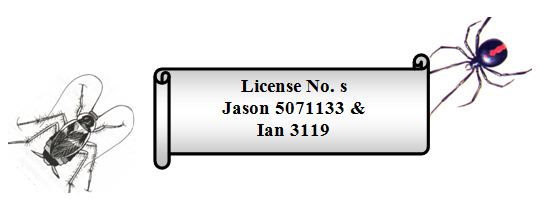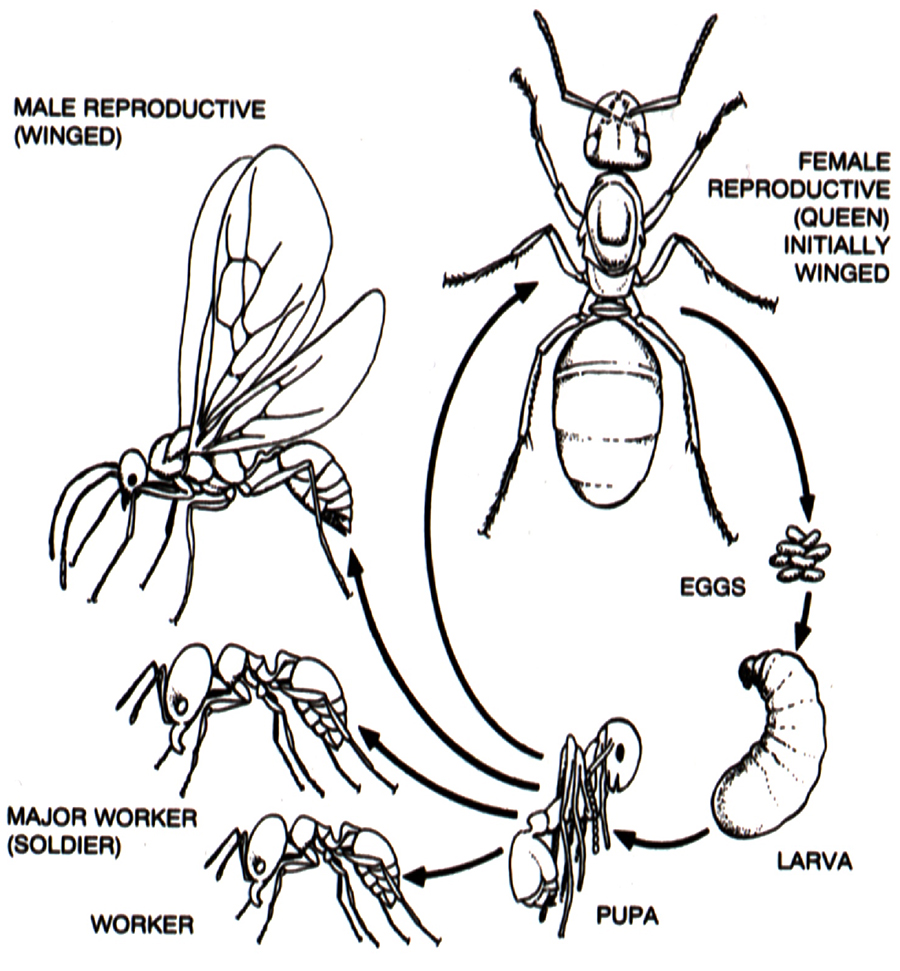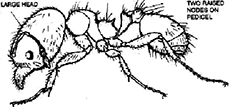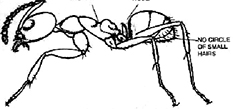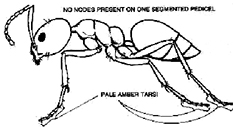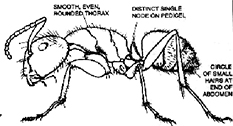The Ants Life Cycle
At a time particular to its species the queen produces a large number of male and queen ants that, having wings fly off and mate. Predators such as birds or lizards eat many of these flying ants. However, a successfully mated queen will find a cavity and start to lay eggs. The first few eggs will be worker ants that assume nest building and egg tending activities.
- Eggs are mostly small and ovoid in shape.
- The larvae are legless and narrowed at the head end, needing to be fed by the workers to survive.
- Once fat they pupate, some will spin a cocoon in which to pupate while others simply look like the adult but are soft and often white.
- Once they hatch they mostly become workers or worker soldiers.
Ants feed on a variety of substances. These include dead animal matter, insects, seeds, fungi, nectar, and honeydew produced by scales or aphids feeding themselves on plants. When a foraging ant finds a food supply it returns to the nest leaving a trail of pheromones that other ants can follow. This leads to the processionary behavior seen in many ants. This food is fed in small pieces or by regurgitated liquid form to the larvae.
